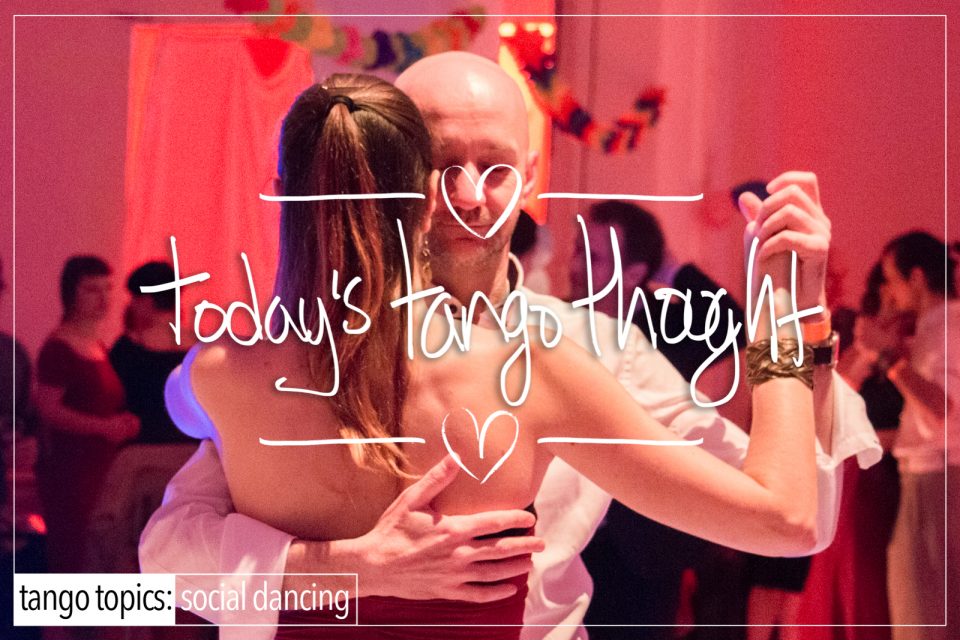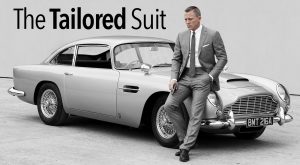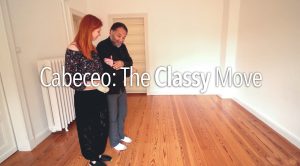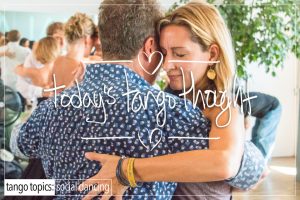Yes you read that correctly. There are places in the world where a Milonga does (theoretically) go ‘All Night’. The idea is very romantic, that you’re dancing until the sun comes up. ’Theoretically’ ? Because ‘all night’ has different meanings in different places. If, however, we’re talking about Buenos Aires, there are 3 Milongas that do in fact go all night long 1.) La Viruta (on the weekends), 2.) Salon Canning on Monday nights (usually until about 5 am ish), and 3.) El Yeite (Pron: Shay-tay). There are others that go ‘late’ to 4 am, but not necessarily until the sun comes up.
However, we’re not talking about Buenos Aires, which is where you would expect this sort of thing to happen. There are other places where the ‘All Night Milonga’ concept happens. Usually in the larger metropolitan areas where going all night long is no big deal. However in smaller towns and cities….all night usually means until 2 am. Wooohooo. Yippeeeee. Ahem.
Where are these mythical beasts ? There’s one in San Francisco (Berkeley really, at The Beat), New York (Sarah La Rocca’s event), and a few other places. Sometimes these things actually do go all night, and some times not. Usually these are monthly events and not weekly, so don’t get your hopes up of it happening constantly. There are some places like Berlin (and Germany in general), Denmark, and the Netherlands that have noise ordinances that prevent a milonga from going all night (with the windows open). Why is that important ? Because you’ll be insanely hot in those places because they keep the windows closed (even in the summer time)! 🙁 Bring a change of clothes, and shoes…you’ll need it. As romantic as an ‘All Night’ Milonga sounds, these things generally produce a lot of sweat. Oh and Followers after about 2 or 3 hours in heels, you’re going to want to change into your practice shoes. Just sayin’…romantic is one thing, reality on the hand, is another.
What classifies as an ‘All Night’ Milonga ? A milonga that closes at 5 am at minimum! That is the only really defining measure of ‘all night’, other than that it’s a milonga that goes and goes and goes and goes with all the same things. Generally these types of events tend to have a snacks table, with cakes, pies (apple pie in Berkeley), fruit, chips, wine, juice, water, and of course…COFFEE! Sometimes you’ll find Mate (pron: Mah-tay) at these things.
It’s right about this point that you have to give a shout out to a DJ or a pair of DJs that do these things: A milonga that starts at 9 and goes until 5, that’s 8 solid hours of music! Then depending on the tanda structure either 3 or 4 songs per tanda (6 or 8 in BsAs), that’s about 6 or 7 tandas an hour (3 songs per), with at minimum 1 vals, and 1 milonga tanda, or about 21 songs per hour, or about 168+ songs in a night. And if that doesn’t sound like a lot, think about this…all of that music has to be danceable, must flow seamlessly from one idea to the next, from one tanda to the next, must cover a lot of ground and appease a lot of different styles or ideas of what is danceable, and lastly can not repeat for 8 hours straight with cortinas! Respect!
And while we’re on the subject, if you’re planning on going to a Festival, or a Marathon. Sometimes the Festival/Marathon organizers idea of all night generally means until 2 or at the latest until 3 am…and sometimes even that’s a stretch. Not all Festivals/Marathons are like that, but a good portion of them are. So for the diehards,‘all night’ might be a bit of a disappointment.
So lastly if you think you can handle an All Night Milonga, then go, test your skills. However, be warned that the spirit may be willing, but the feet on the other hand…











